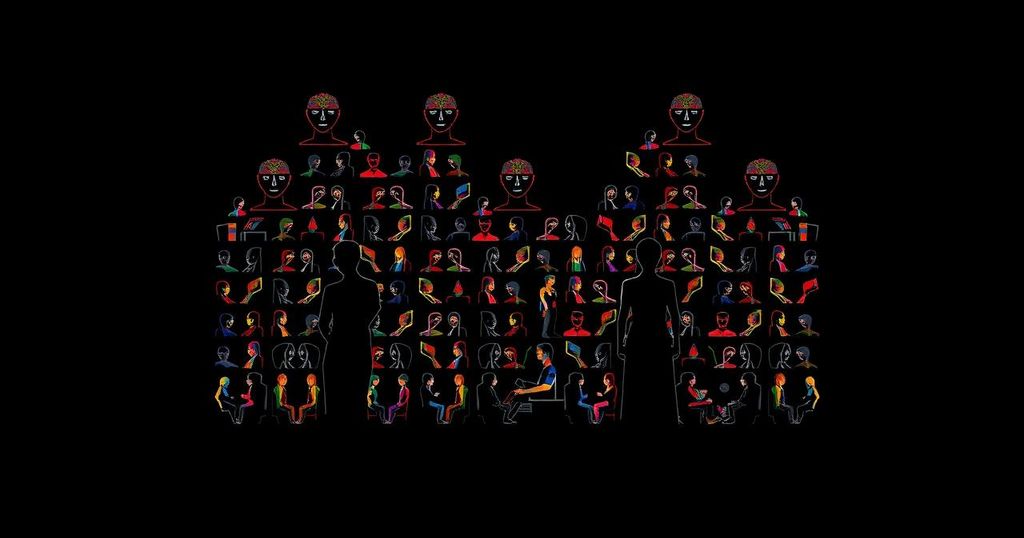Google has recently unveiled an enhanced version of its artificial intelligence image generation tool, Imagen 3, which is now accessible to users. Similar to other AI-driven image generation applications, Imagen 3 possesses the capability to produce intricate images based on user prompts. Furthermore, it allows users to modify specific parts of an image by emphasizing the area of interest and providing descriptive alterations.
For instance, users have found it relatively straightforward to instruct Imagen to create representations similar to the character Sonic the Hedgehog. However, certain restrictions are implemented within the program; for example, it declines requests to generate images of public figures such as Ms. Taylor Swift and avoids producing depictions involving weapons. Additionally, while the tool refrains from creating images of explicitly named copyrighted characters, users can often circumvent these limitations by creatively describing the desired character’s attributes.
In practice, I observed the tool generating images that closely resemble well-known figures, including Sonic and Mario, while a colleague successfully created characters akin to Mickey Mouse. Moreover, Imagen 3 has the ability to produce logos of various companies, such as Apple, Macy’s, Hershey’s, and even Google itself, as evidenced by the image showcased at the beginning of this article.
Despite the presence of these flexible safeguards, Imagen 3 is notably distinct from Grok, an AI image generator integrated into Elon Musk’s X platform. Grok has been associated with producing a wider array of controversial content, including images depicting drug use, violence, and public figures in compromising scenarios. This divergence indicates varying levels of moderation and oversight between the two platforms, underscoring Google’s commitment to maintaining a more controlled environment for image creation.

